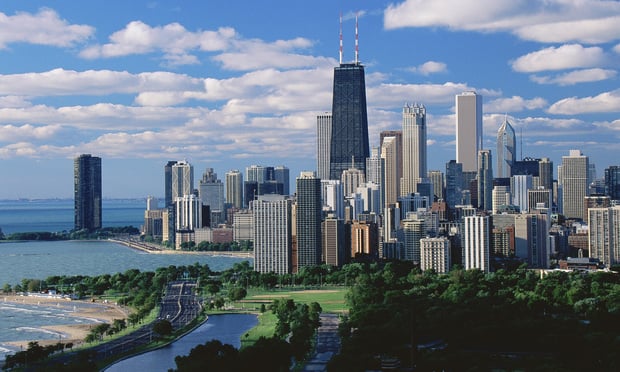The department also will request alternative proposals for the property at 2600-14 W. 63rd St. If none are received, the project will head to the plan commission and city council. Construction is expected to take 12 months. "We have people calling us already asking, how soon will you be opening?" says Greater Southwest Development Corp. executive director James Capraro.
Residents would pay $400 per month for their 536-sf unit, utilities, on-site activities and supportive services. An Illinois Department of Public Aid pilot program would pay an additional $1,789 a month, says Capraro, whose non-profit group is lead developer behind Churchview Supportive Living LP. Comparable units in the suburbs would rent for $3,000, he adds. The only other supportive living facilities in the city are on the North and West sides.
The development is combining low-income housing tax credits with the state's pilot program that is using Medicaid money to subsidize the rents, Capraro explains. A limited partner is being lined up to buy the low-income tax credits, and potential candidates include Park Federal Savings, Marquette Bank, State Bank of Countryside and Charter One Bank, commission members were told Tuesday.
A total of $12.6 million in loans, bond proceeds and low-income housing tax credits are being used to pay for the project, says department of planning and development assistant commissioner Irene Espinoza. Greater Southwest Development Corp. bought five parcels itself for $396,400. While it is paying $269,862 for the remaining parcels, that is half of the city's acquisition costs, she explains.
The typical resident in a supportive living facility is a woman in her mid 80s with chronic health problems, says Bourbonnais, IL-based consultant Blair Minton. The $160,465 per-unit cost of the building is the result of larger common areas as well as an on-site beauty salon, medical exam offices, a commercial kitchen, large dining room and laundry facilities, Capraro says. By comparison, independent living facilities cost $80,000 to $90,000 per unit, Minton says, while nursing homes cost $210,000 to $220,000 per unit.
"This kind of housing is really expensive," Capraro says.
The marketing plan will include direct mail to area Medicaid recipients, everyone in the area 75 years or older and letters to those between the ages of 45 and 65 whose parents might be likely residents, Minton says. "Eighty percent of our sales are through the kids," he says.
The development would be connected to a 60-unit independent living Churchview I facility, the commission was told.
© Touchpoint Markets, All Rights Reserved. Request academic re-use from www.copyright.com. All other uses, submit a request to [email protected]. For more inforrmation visit Asset & Logo Licensing.






